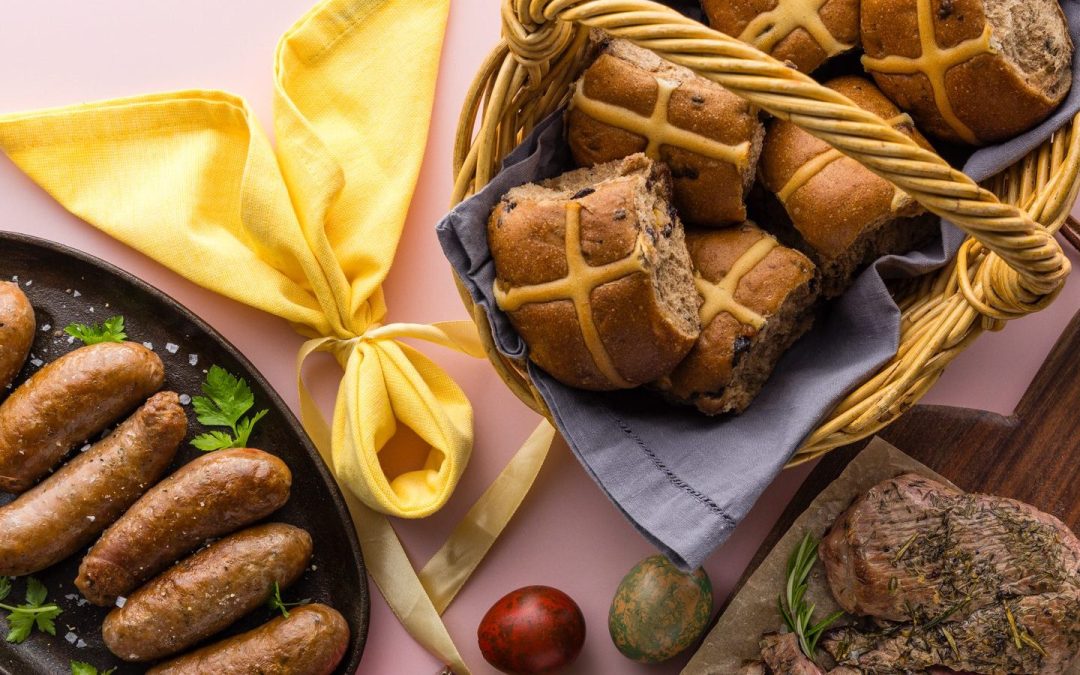Good fats, bad fats, healthy fats, fat free – don’t you think it’s all a little confusing?!
Lucky nutritionist Harriet is here to give us the down low on fat, letting us know how much we need, why we need it, what kind we should look for and where to find the good stuff!

Fat often gets a bad name, however this nutrient is an essential part of a healthy diet. Consuming healthy fats as a part of a balanced diet is important for overall health and wellbeing. But what does ‘healthy fats’ really mean, and how do we know what ones are healthy?
There are 4 main types of dietary fats:
– Saturated fats
– Trans-fats
+ Monounsaturated fats
+ Polyunsaturated fats
Each of these types of fat act differently in the human body, some work positively on our bodies, whilst some have poor health effects.
Saturated and trans-fats can have detrimental effects on our health, such as increasing bad cholesterol (LDL – low density lipoprotein) which can lead to build up of fatty plaques on our arteries. This puts us at high risk for developing cardiovascular diseases such as heart disease and stroke [1]. For this reason, we want to limit our intake of these fats. Saturated and trans-fats are most commonly found in processed foods like deep fried foods, baked cookies, pastries, palm and coconut oils, as well as animal products like fatty cuts of meat, and high fat dairy products.
But it’s not all bad! There are fats that have a really positive effect on our health. Often referred to as ‘healthy fats’ these are the unsaturated kind: monounsaturated and polyunsaturated.
Monounsaturated fats work to increase the good kind of cholesterol (HDL – high density lipoprotein) in the body. This good cholesterol works to remove all the other not-so-good forms of cholesterol from the body. This in turn can have a protective effect against heart disease, with a high level of HDL being associated with a reduced risk of heart disease [2]. Monounsaturated fats are found in foods such as avocado, nuts (peanuts, hazelnuts, cashews and almonds), olive oils, canola and peanut oils and good quality margarine spreads. Read more on ‘healthy’ fats here.
Polyunsaturated fats include omega-3 and omega-6 fatty acids. Omega-3 is important for eye and brain functions, while omega-6 is needed for growth and hormones. Polyunsaturated fat sources are fatty fish such as salmon (a particularly good source of omega-3), seafood, vegetable oils (safflower, sunflower, canola, corn or soy), nuts (walnuts and Brazil nuts) and seeds (like chia and linseeds). Read more about plant-based sources of polyunsaturated fats on the blog here.
Dietary fats are also important as they help us to absorb other nutrients! There are vitamins that are ‘fat soluble’ meaning they require fats to aid their transport and absorption into the body [3]. These are vitamins A, E, K and D. Fat is also needed in every cell of our bodies and is used to create our hormones.
Healthy fats provide us with energy and can also help us to feel satiated or full. Not to mention they are often a very tasty addition – e.g. avocado, nut butters, tahini or cheeses!
However, fat is an energy dense macronutrient, providing high amounts of calories/kilojoules in small portions. This means it is easier to eat more fat than we need. A recommended daily intake (RDI) of total fat has not been set as it is more important to focus on the type of fat that is being consumed [4]. However, for disease prevention it has been concluded that a range of 20-35% of our total energy each day should come from total fat [5].
When consuming fats, aim to limit foods high in saturated fat and try replacing high fat foods containing saturated fats with those containing healthy unsaturated fat alternatives such as oils, plant-based spreads, nut butters and avocado [6].
Check out some tasty ways you can incorporate healthy fats such as avocado and salmon into your meals:
References:
[1] https://medlineplus.gov/ency/patientinstructions/000838.htm
[2] https://www.ahajournals.org/doi/full/10.1161/01.cir.0000131512.50667.46
[3] https://nutritionfoundation.org.nz/nutrition-facts/nutrients/fat
[4] https://www.nrv.gov.au/nutrients/fats-total-fat-fatty-acids
[5] https://www.nrv.gov.au/chronic-disease/macronutrient-balance




